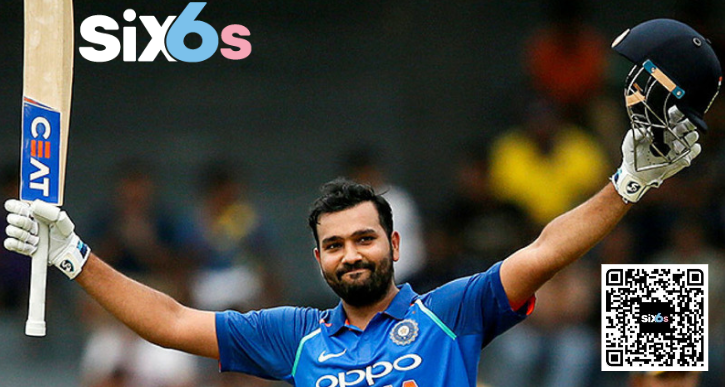Cricket is a global sport with a huge fan following. The best players in the world can command salaries that are in the millions of dollars. But how does the cost of player salaries impact a team’s return on investment (ROI)?

In this article, we will explore the impact of player salaries on a team’s ROI in cricket. We will discuss the factors that influence the cost of player salaries, how salaries are paid, and how they can affect a team’s financial performance.
What are the factors that influence the cost of player salaries in cricket?
There are a number of factors that influence the cost of player salaries in cricket. These include:
- The player’s skill level: The better the player, the higher their salary will be.
- The player’s experience: More experienced players will typically command higher salaries than less experienced players.
- The player’s popularity: Popular players can command higher salaries because they are more likely to attract fans and sponsors.
- The team’s financial situation: Teams with more money can afford to pay higher salaries than teams with less money.
- The competition for the player’s services: If there is a lot of competition for a player’s services, then the player will be able to negotiate a higher salary.
How are player salaries paid in cricket?
There are two main ways that player salaries are paid in cricket. The first way is through a fixed salary. This is the most common way that salaries are paid. The second way is through a performance-based contract. This type of contract pays the player a base salary plus bonuses for things like winning matches or taking wickets.
How do player salaries affect a team’s financial performance?
Player salaries are a major expense for cricket teams. In some cases, they can account for up to 50% of a team’s budget. This means that teams need to be careful about how they spend their money on player salaries. If they spend too much, it can hurt their financial performance.
How can teams manage the cost of player salaries?
There are a number of ways that teams can manage the cost of player salaries. These include:
- Signing younger players: Younger players are typically less expensive than older players.
- Signing players on performance-based contracts: This can help to reduce the risk of paying a player a high salary for poor performance.
- Trading or releasing players: If a team has a player who is overpaid, they can trade or release them to save money.
- Investing in player development: This can help to reduce the need to pay high salaries for star players.
Conclusion
The cost of player salaries is a major factor that can affect a team’s ROI in cricket. Teams need to be careful about how they spend their money on player salaries. If they spend too much, it can hurt their financial performance. There are a number of ways that teams can manage the cost of player salaries, such as signing younger players, signing players on performance-based contracts, trading or releasing players, and investing in player development.
Meta Description:
This article discusses the impact of player salaries on a team’s ROI in cricket. It provides tips on how teams can manage the cost of player salaries.
Subcategories:
- Cricket
- Business
- Finance
